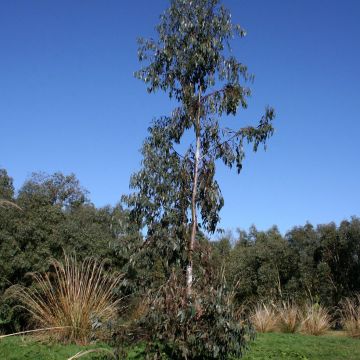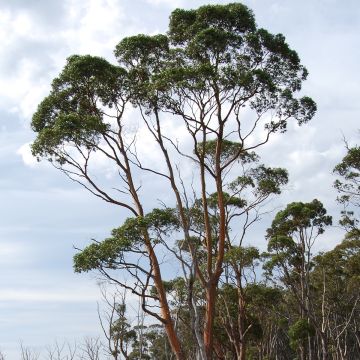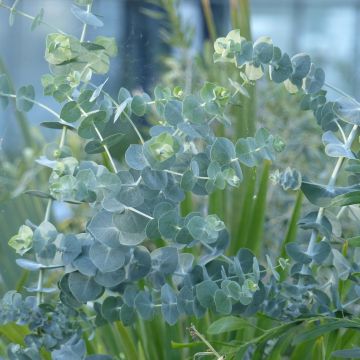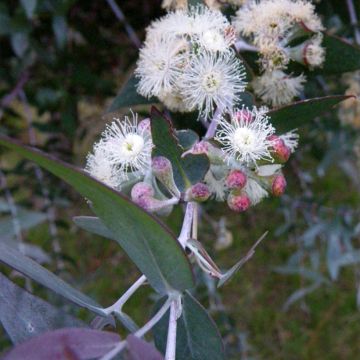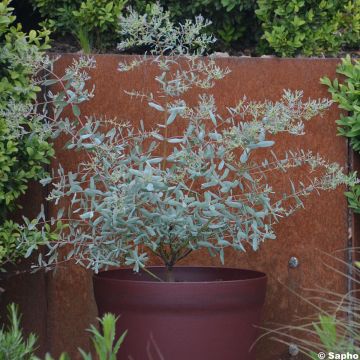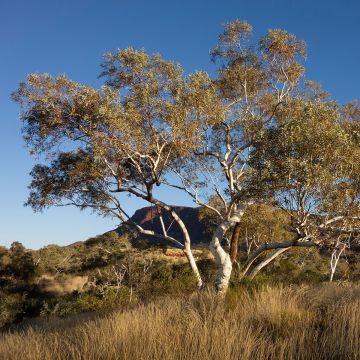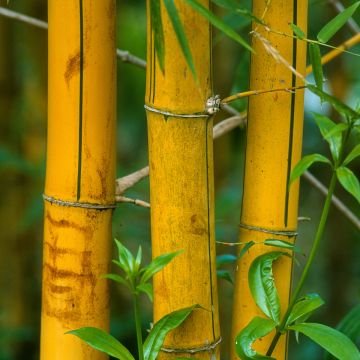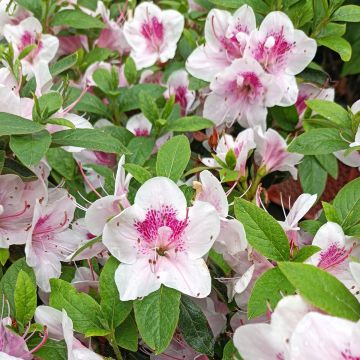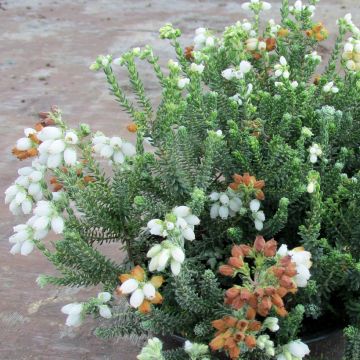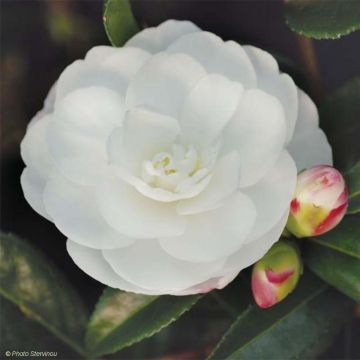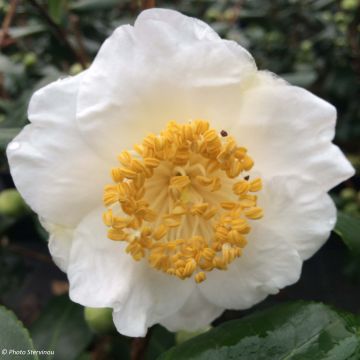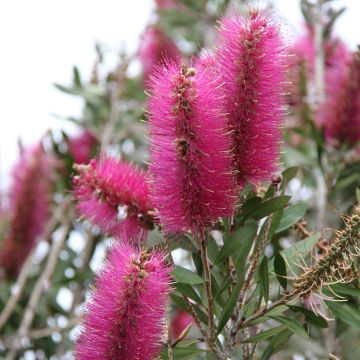

Eucalyptus nicholii
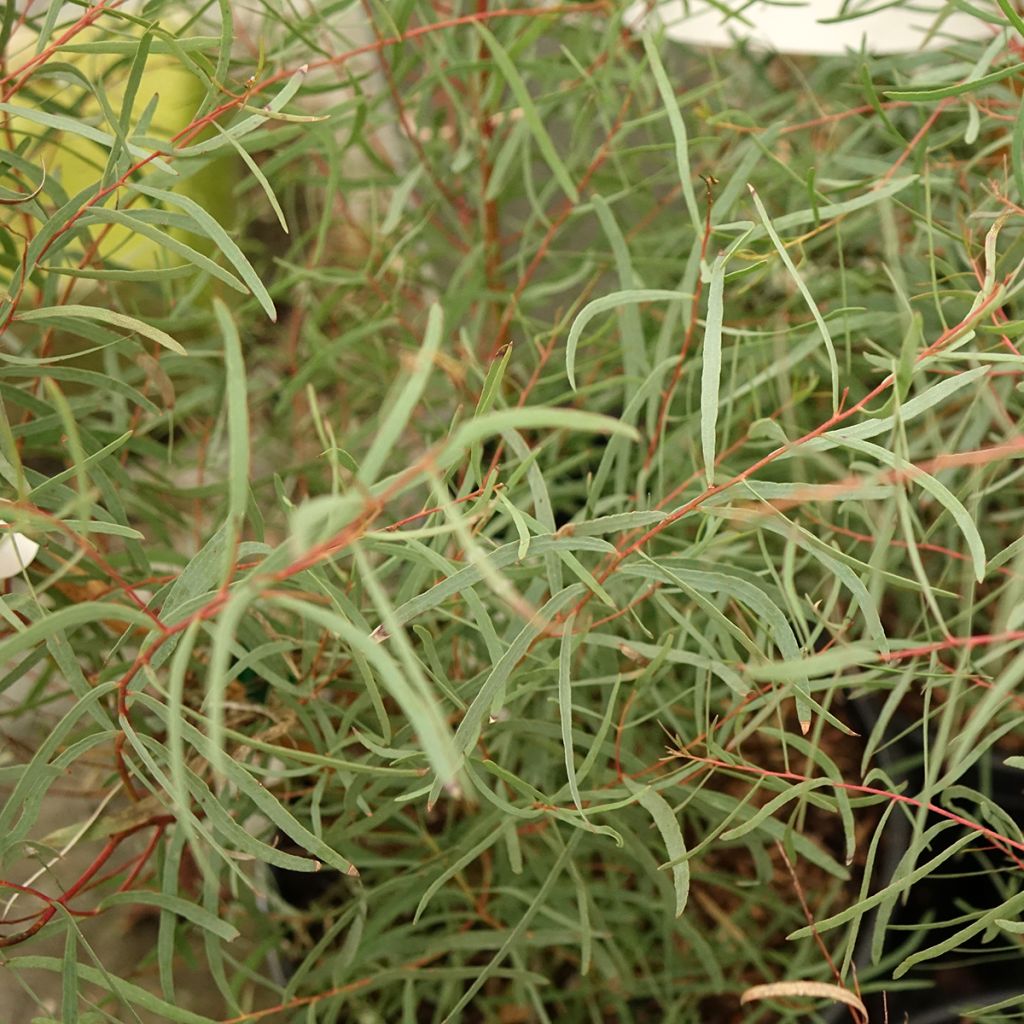

Eucalyptus nicholii
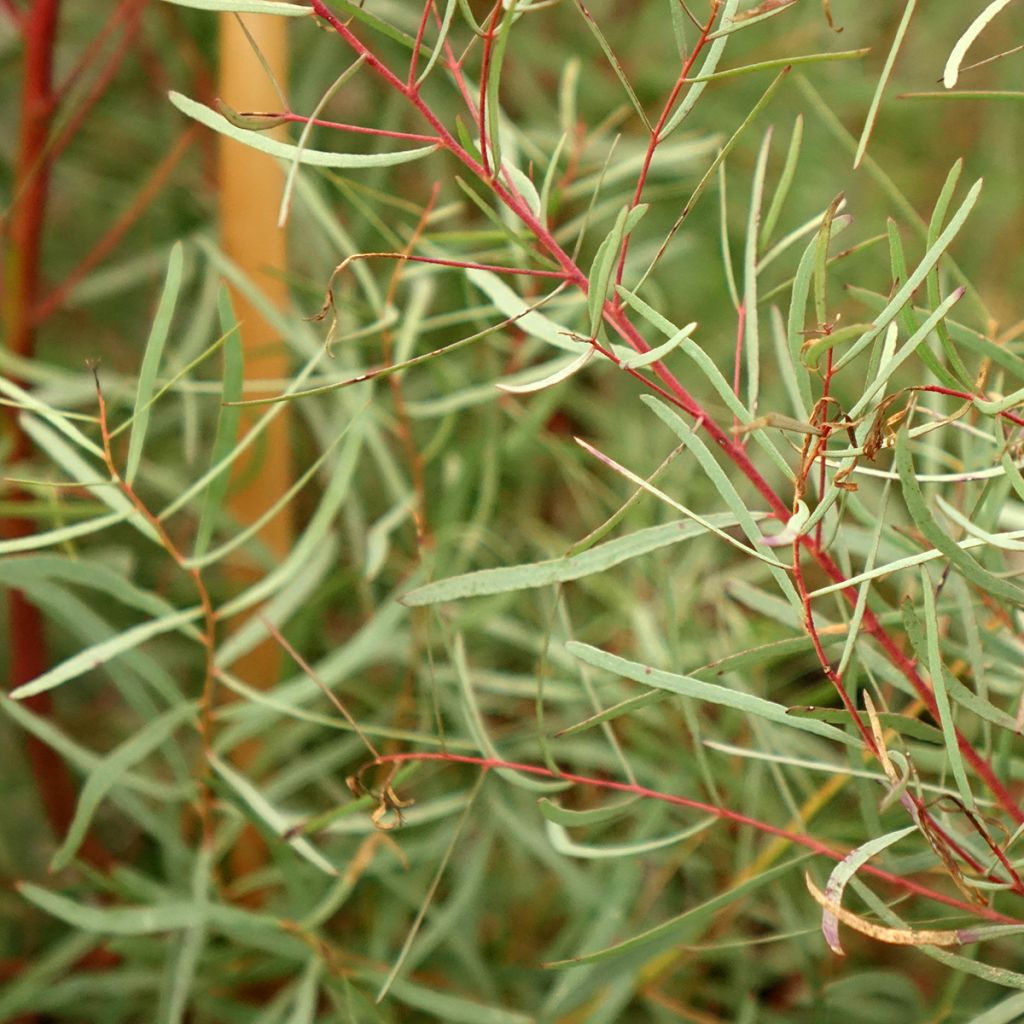

Eucalyptus nicholii
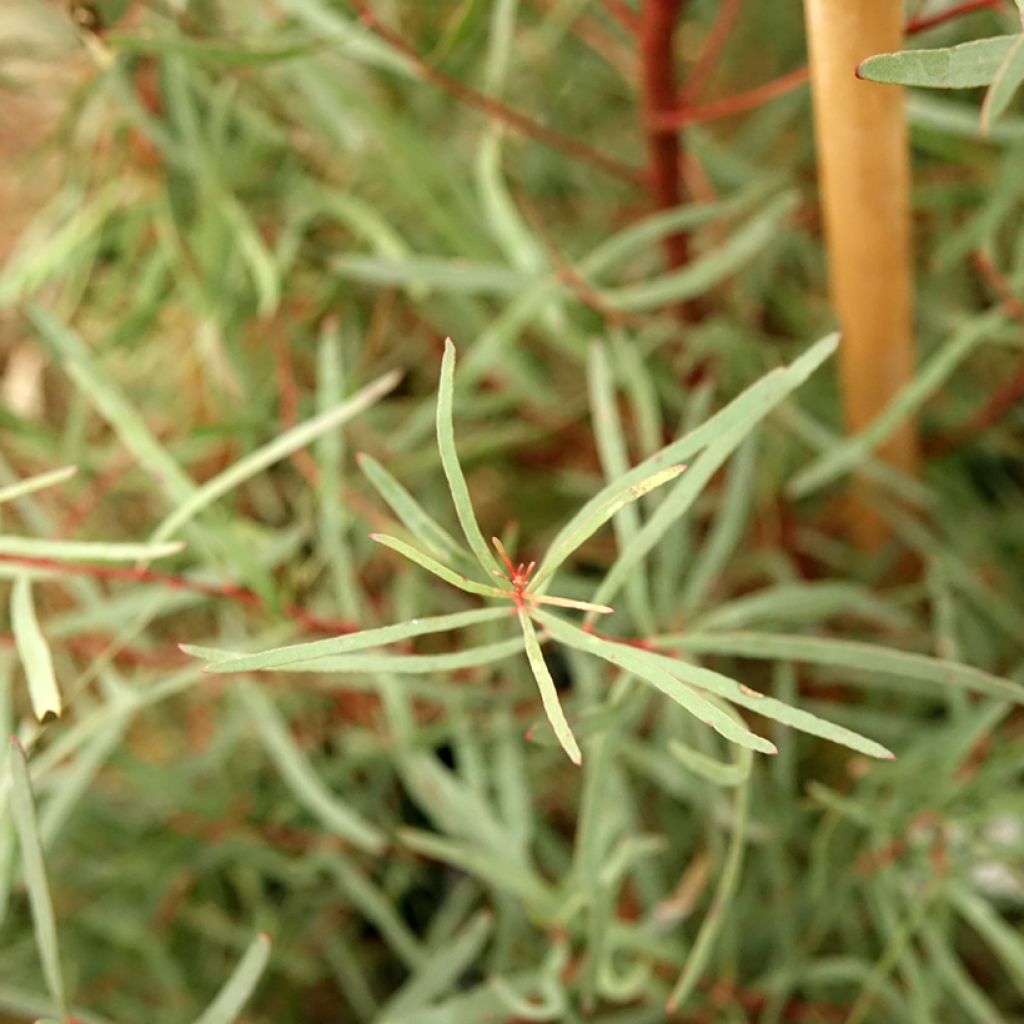

Eucalyptus nicholii


Eucalyptus nicholii
Eucalyptus nicholii
Eucalyptus nicholii
Nichol's Willow-leaved Peppermint, Willow-leaved Peppermint, Narrow-Leaved Black Peppermint, Nichol's Peppermint
Received a very beautiful specimen.
Brigitte, 20/05/2025
Special offer!
Receive a €20 voucher for any order over €90 (excluding delivery costs, credit notes, and plastic-free options)!
1- Add your favorite plants to your cart.
2- Once you have reached €90, confirm your order (you can even choose the delivery date!).
3- As soon as your order is shipped, you will receive an email containing your voucher code, valid for 3 months (90 days).
Your voucher is unique and can only be used once, for any order with a minimum value of €20, excluding delivery costs.
Can be combined with other current offers, non-divisible and non-refundable.
Home or relay delivery (depending on size and destination)
Schedule delivery date,
and select date in basket
This plant carries a 24 months recovery warranty
More information
We guarantee the quality of our plants for a full growing cycle, and will replace at our expense any plant that fails to recover under normal climatic and planting conditions.

Would this plant suit my garden?
Set up your Plantfit profile →
Description
Eucalyptus nicholii is an Australian species that forms a beautiful, medium-sized tree. Its well-balanced habit, with a strong trunk supporting a dense canopy with a rounded top, is both architectural and very aesthetic. It has superb evergreen foliage that is very elongated and fine, with a grey-green colour that matches well with the brown bark and reddish branches. Its white pompon-like flowering in late winter is quite decorative. Grown in neutral to acidic soil, in sunny exposure, it can tolerate hot summers, wind, salt spray, and moderate frost. A highly ornamental tree for medium-sized gardens.
Eucalyptus belongs to the vast family of Myrtaceae, of which it is one of the most prolific genera with about 800 species. Some are shrubby and do not exceed a few metres in height, while giants like E. regnans reach heights of nearly 100 metres (328 feet)! E. nicholii is native to Australia, where it grows in New South Wales, north of Sydney, in a temperate climate with hot summers and cool winters. It is mainly found on granitic and porphyritic soils, neutral to acidic.
It forms a medium-sized tree, reaching a height of 15 metres (49 feet) and a width of about 10 metres. The trunk is quite large and has a grey-brown to cinnamon-brown, fibrous and fissured, ornamental bark which persists up to the branches, while the young branches are a beautiful reddish colour, highlighting the foliage. Like many other species, it forms a lignotuber, which is a starch-rich swelling at the base of the trunk partly underground, allowing buds to sprout after a fire (or more generally, after the destruction of the aboveground part).
The foliage has very little difference between the juvenile and adult forms, both of which are beautiful grey-green to blue-green. The juvenile leaves are linear to lanceolate, small in size (up to 6 cm (2.4 in) long and 1 cm (0.4 in) wide), sessile or with a short petiole and arranged in an opposite manner. The adult leaves have the same appearance but can be twice as long, carried by a short petiole and with an alternate arrangement. Equipped with glands containing essential oils, they emit a menthol scent when crushed.
Eucalyptus nicholii also produces beautiful white flowers in late winter. These are petal-less, round flowers composed of a multitude of tightly packed white stamens, resembling pompons. They bloom between the leaves, grouped in umbels of 7 along the branches, and are followed by the formation of small fruits, without ornamental interest. This flowering is unique in the plant kingdom, but typical of Myrtaceae, where stamens are often admired (as in the famous Callistemon, or Bottlebrush), and contrasts well with the red of the young branches.
Preferring hot climates in summer, this Eucalyptus can tolerate frost down to -8°C (17.6 °F), or even -10°C (14 °F) once well established. It grows in sunny exposure, in neutral to acidic, moist to moderately dry soils.
This beautiful Eucalyptus deserves to be planted as a focal point to admire its very architectural habit, as well as in the background of a border to provide structure. Its beautiful coppery bark and fine foliage are assets for creating an ornamental scene. Have fun creating a strong architectural effect by planting a large-leaved plant next to it, such as the Japanese Medlar (Eriobotrya japonica), a large evergreen shrub that will reward you with its succulent orange fruits in mild climates. The Handkerchief Tree (Davidia involucrata) with its green leaves and large white bracts will also create a stunning contrast alongside the Eucalyptus. To create a colourful shrub layer, consider the Loropetalum, a shrub with green or purple foliage depending on the variety, which produces a splendid flowering with long ribbon-like petals in pink, red, or white, with an exotic look that will blend perfectly into your border.
Report an error about the product description
Eucalyptus nicholii in pictures
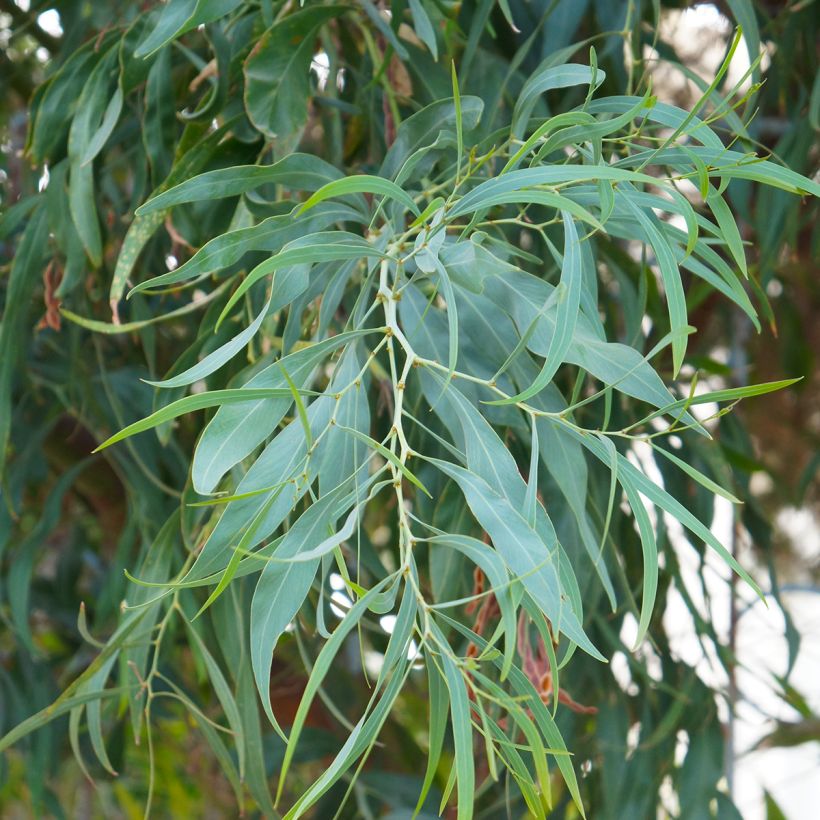

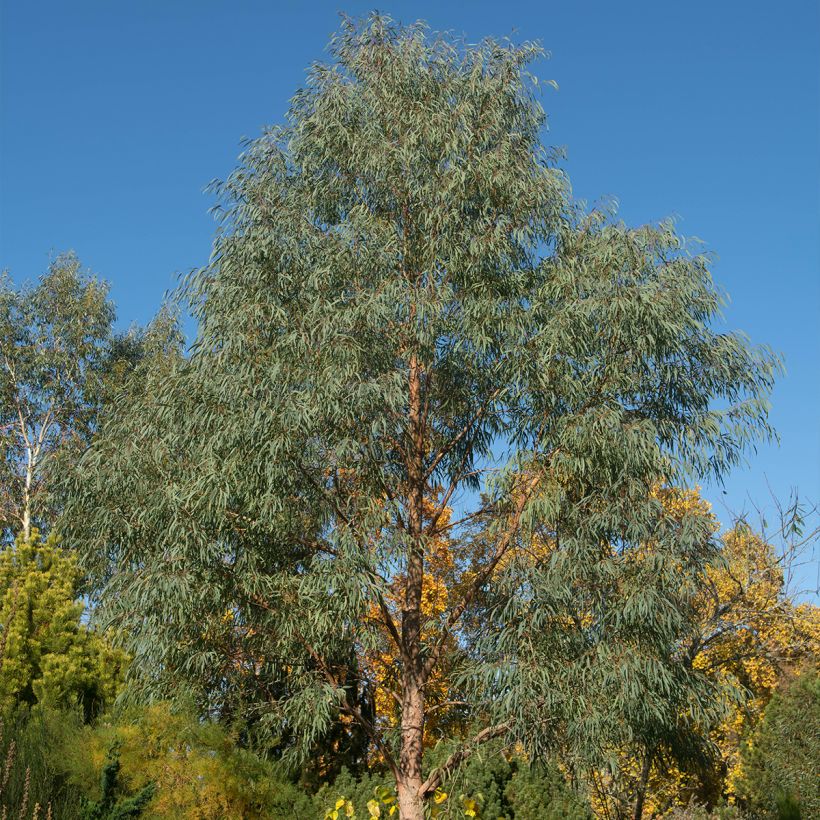

Plant habit
Flowering
Foliage
Botanical data
Eucalyptus
nicholii
Myrtaceae
Nichol's Willow-leaved Peppermint, Willow-leaved Peppermint, Narrow-Leaved Black Peppermint, Nichol's Peppermint
Australia
Other Eucalyptus
View all →Planting and care
Eucalyptus nicholii should be planted in early spring in cool regions, and in early autumn in dry and hot climates, in a well-prepared, moist, occasionally dry, not too chalky soil and in a warm and sunny location. A mature specimen is hardy down to -14°C (6.8 °F) in these conditions. Young plants are more sensitive to severe frosts, especially if the frost persists for several days and the soil is moist. In milder regions, you can plant it in the ground, ensuring good drainage by adding coarse sand, pumice or non-chalky gravel. Water regularly during the first two years, especially in summer, and if it is particularly dry and hot. Pruning is not necessary, and even discouraged, in order to allow the beautiful habit of this superb eucalyptus to express itself. However, it is well tolerated after flowering or at the end of summer. It is possible to shape the eucalyptus into a single trunk, selecting the best-placed one and cutting all the others flush.
Gum trees are useful for drying out wet areas, as they are heavy water consumers even in winter. However, once well established, they become quite resistant to drought (to varying degrees depending on the species and varieties) and thrive rather well in a Mediterranean-type climate.
Planting period
Intended location
Care
-
, onOrder confirmed
Reply from on Promesse de fleurs
Similar products
Haven't found what you were looking for?
Hardiness is the lowest winter temperature a plant can endure without suffering serious damage or even dying. However, hardiness is affected by location (a sheltered area, such as a patio), protection (winter cover) and soil type (hardiness is improved by well-drained soil).

Photo Sharing Terms & Conditions
In order to encourage gardeners to interact and share their experiences, Promesse de fleurs offers various media enabling content to be uploaded onto its Site - in particular via the ‘Photo sharing’ module.
The User agrees to refrain from:
- Posting any content that is illegal, prejudicial, insulting, racist, inciteful to hatred, revisionist, contrary to public decency, that infringes on privacy or on the privacy rights of third parties, in particular the publicity rights of persons and goods, intellectual property rights, or the right to privacy.
- Submitting content on behalf of a third party;
- Impersonate the identity of a third party and/or publish any personal information about a third party;
In general, the User undertakes to refrain from any unethical behaviour.
All Content (in particular text, comments, files, images, photos, videos, creative works, etc.), which may be subject to property or intellectual property rights, image or other private rights, shall remain the property of the User, subject to the limited rights granted by the terms of the licence granted by Promesse de fleurs as stated below. Users are at liberty to publish or not to publish such Content on the Site, notably via the ‘Photo Sharing’ facility, and accept that this Content shall be made public and freely accessible, notably on the Internet.
Users further acknowledge, undertake to have ,and guarantee that they hold all necessary rights and permissions to publish such material on the Site, in particular with regard to the legislation in force pertaining to any privacy, property, intellectual property, image, or contractual rights, or rights of any other nature. By publishing such Content on the Site, Users acknowledge accepting full liability as publishers of the Content within the meaning of the law, and grant Promesse de fleurs, free of charge, an inclusive, worldwide licence for the said Content for the entire duration of its publication, including all reproduction, representation, up/downloading, displaying, performing, transmission, and storage rights.
Users also grant permission for their name to be linked to the Content and accept that this link may not always be made available.
By engaging in posting material, Users consent to their Content becoming automatically accessible on the Internet, in particular on other sites and/or blogs and/or web pages of the Promesse de fleurs site, including in particular social pages and the Promesse de fleurs catalogue.
Users may secure the removal of entrusted content free of charge by issuing a simple request via our contact form.
The flowering period indicated on our website applies to countries and regions located in USDA zone 8 (France, the United Kingdom, Ireland, the Netherlands, etc.)
It will vary according to where you live:
- In zones 9 to 10 (Italy, Spain, Greece, etc.), flowering will occur about 2 to 4 weeks earlier.
- In zones 6 to 7 (Germany, Poland, Slovenia, and lower mountainous regions), flowering will be delayed by 2 to 3 weeks.
- In zone 5 (Central Europe, Scandinavia), blooming will be delayed by 3 to 5 weeks.
In temperate climates, pruning of spring-flowering shrubs (forsythia, spireas, etc.) should be done just after flowering.
Pruning of summer-flowering shrubs (Indian Lilac, Perovskia, etc.) can be done in winter or spring.
In cold regions as well as with frost-sensitive plants, avoid pruning too early when severe frosts may still occur.
The planting period indicated on our website applies to countries and regions located in USDA zone 8 (France, United Kingdom, Ireland, Netherlands).
It will vary according to where you live:
- In Mediterranean zones (Marseille, Madrid, Milan, etc.), autumn and winter are the best planting periods.
- In continental zones (Strasbourg, Munich, Vienna, etc.), delay planting by 2 to 3 weeks in spring and bring it forward by 2 to 4 weeks in autumn.
- In mountainous regions (the Alps, Pyrenees, Carpathians, etc.), it is best to plant in late spring (May-June) or late summer (August-September).
The harvesting period indicated on our website applies to countries and regions in USDA zone 8 (France, England, Ireland, the Netherlands).
In colder areas (Scandinavia, Poland, Austria...) fruit and vegetable harvests are likely to be delayed by 3-4 weeks.
In warmer areas (Italy, Spain, Greece, etc.), harvesting will probably take place earlier, depending on weather conditions.
The sowing periods indicated on our website apply to countries and regions within USDA Zone 8 (France, UK, Ireland, Netherlands).
In colder areas (Scandinavia, Poland, Austria...), delay any outdoor sowing by 3-4 weeks, or sow under glass.
In warmer climes (Italy, Spain, Greece, etc.), bring outdoor sowing forward by a few weeks.
































